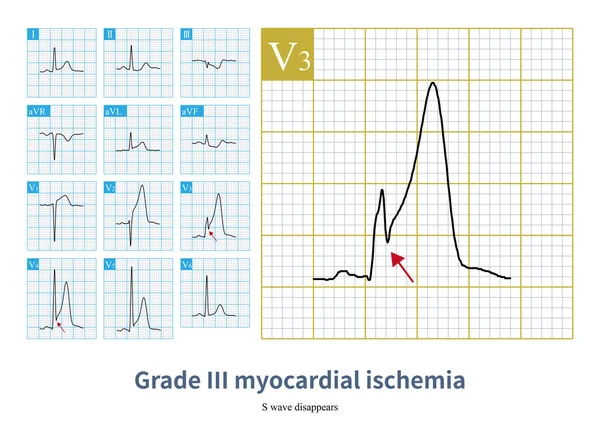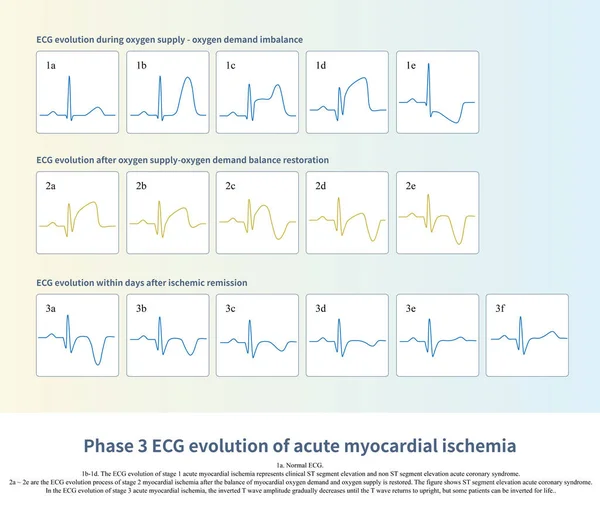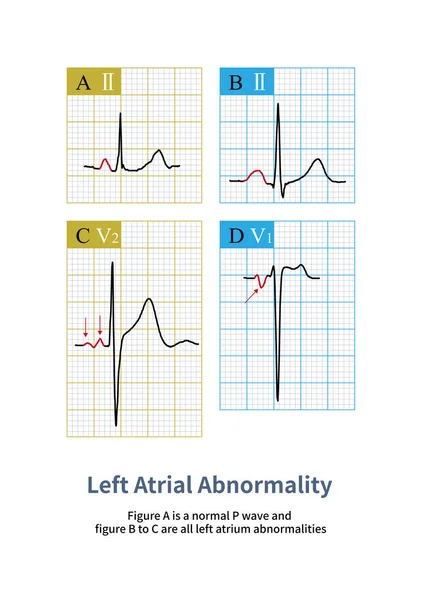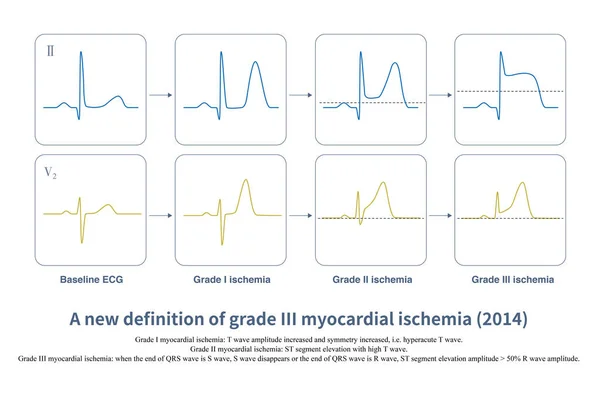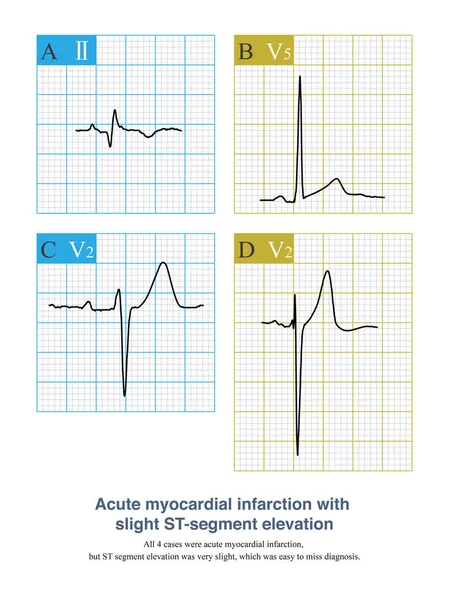Stock image In acute myocardial ischemia, the amplitude of T wave is increased first, and then the ST segment is elevated. When the end of QRS wave is deformed, there is a lack of collateral circulation.
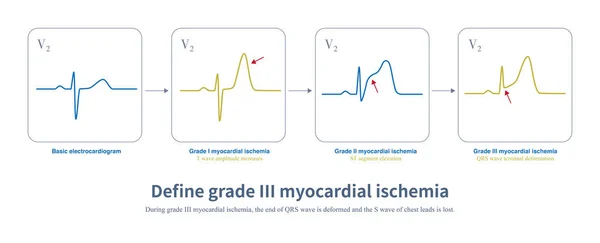
Published: May.20, 2022 10:38:45
Author: asia11m
Views: 14
Downloads: 2
File type: image / jpg
File size: 1.32 MB
Orginal size: 10108 x 4093 px
Available sizes:
Level: beginner

